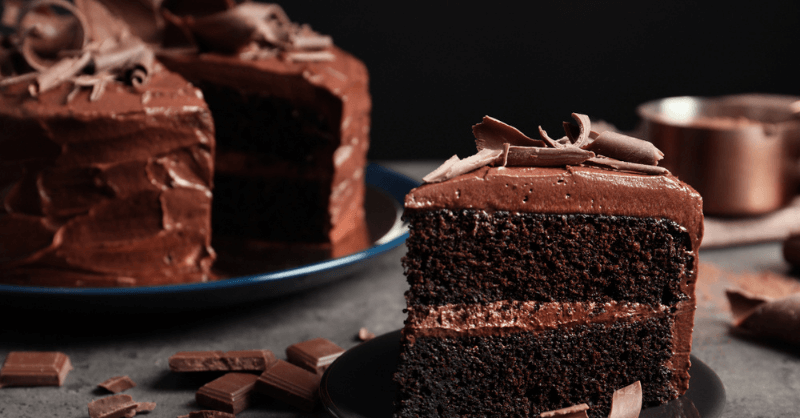1. How to prevent cake from sinking after baking?
Cake sinking after baking can be prevented by ensuring the oven is preheated correctly, using the right size of baking tin, avoiding opening the oven door too early, checking for doneness with a toothpick, and allowing the cake to cool gradually in the oven before removing it.
2. Why do cakes sink in the middle?
Cakes sink in the middle due to several factors, including overmixing of the batter, opening the oven door too soon, or not baking at the right temperature. Expired leavening agents or incorrect proportions of ingredients can also cause sinking.
3. Why does my cake sink in the middle?
Your cake is often subject to sinking in the middle due to various factors, including inaccurate oven temperature, excessive or insufficient leavening agent, overmixing of the batter, or premature opening of the oven door. Moisture loss or incorrect ingredient ratios may also play a role. Proper measurement of ingredients and adherence to recipe instructions can help prevent your cake from sinking in the middle.
4. Why do sponge cakes sink in the middle?
Sponge cakes sink in the middle due to several factors such as undercooked batter, too much leavening agent, or sudden temperature changes during baking. When these conditions occur, the structure of the cake weakens, leading to collapse in the center. Properly measuring ingredients and ensuring even baking temperatures can help prevent this issue.
5. Why do cakes sink?
Cakes sink in the middle due to several reasons. One reason is that the cake batter might be too moist, causing it to collapse during baking. Another reason could be that the oven temperature is too low, leading to uneven baking. Opening the oven door too frequently while baking can also cause cakes to sink.
6. How to stop things sinking in cakes?
Several steps can be taken to prevent cakes from sinking in the middle. Eensure the oven is fully preheated, avoid frequent opening during baking, use correct ingredient measurements, mix thoroughly, avoid overmixing, bake on the center rack, and avoid underbaking.
7. Why did my cake sink when cooling
The sinking of your cake during cooling occurs due to various factors, such as excessive mixing of the batter, inadequate leavening agents, and oven temperature fluctuations. These issues can result in an uneven rise and subsequent collapse in the center of the cake as it cools down.
8. Why did my cake sink in the middle?
If your cake collapsed after baking, common reasons could include underbaking, opening the oven too early, or using incorrect ingredient ratios. Make sure to follow the recipe closely and test the cake’s doneness before removing it from the oven.
9. Why has my cake sunk in the middle after baking?
This can happen if the cake wasn’t fully baked or cooled too quickly. Leaving it in the oven with the door slightly open after baking helps it cool gradually and hold its shape.


![]() 10 minutes
10 minutes